1. Myth: Always Hang Art at Eye Level
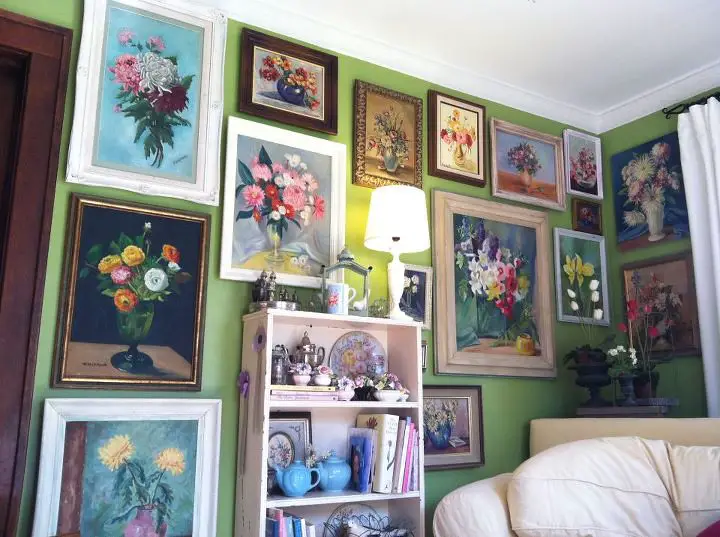
While “eye level” is a common guideline, it depends on your room’s proportions and the art piece. For gallery walls or tall ceilings, consider varied placements to add visual interest. Break the rules to fit your space and taste.
2. Myth: Small Rooms Must Be Painted White
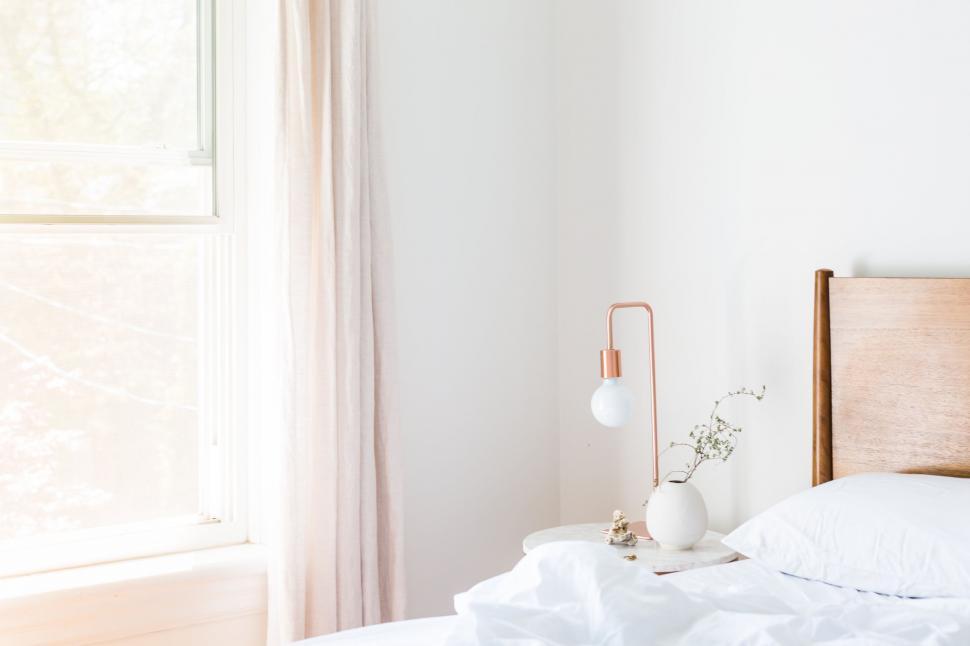
While white can make a space feel open, it’s not the only option for small rooms. Dark or bold colors can add depth and create a cozy atmosphere. The key is to balance the palette with light-colored furniture and decor.
3. Myth: Matching Furniture Sets Are a Must
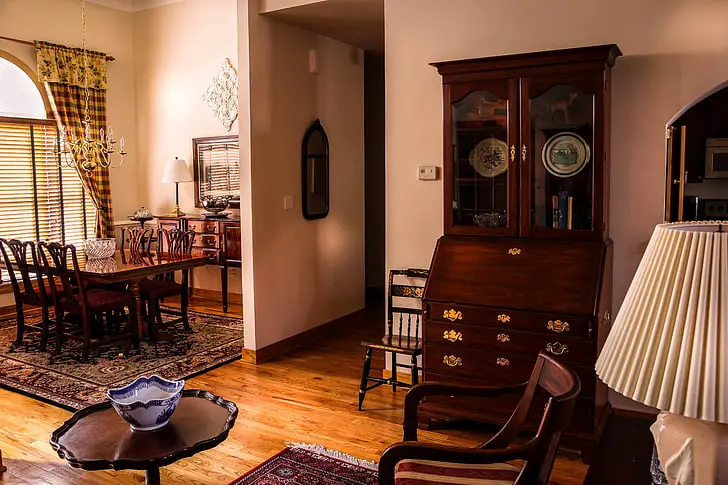
Perfectly matched furniture sets can make your home feel like a showroom. Mixing different styles, textures, and finishes adds character and personality to your space. Embrace variety to create a more inviting and unique design.
4. Myth: Rugs Are Only for Hardwood Floors
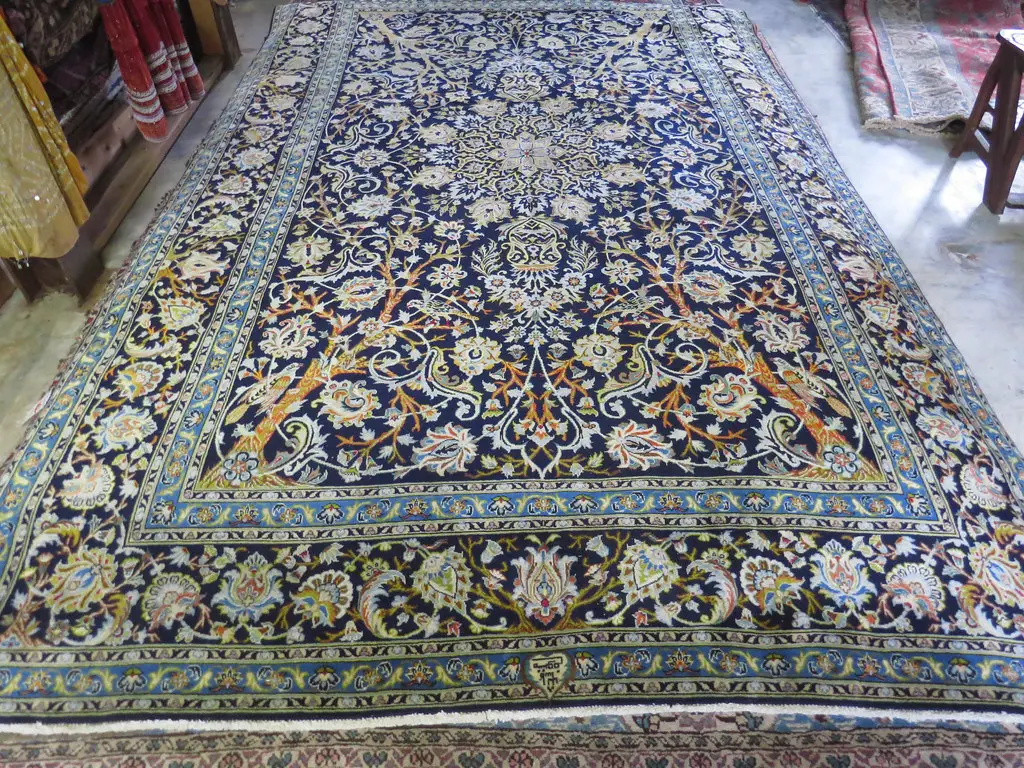
Rugs can add warmth and style to any flooring, including carpet. Layering rugs over carpets can create a focal point and define areas in open-plan spaces. Just ensure the rug complements the existing flooring color and texture.
5. Myth: Dark Walls Make Rooms Feel Smaller
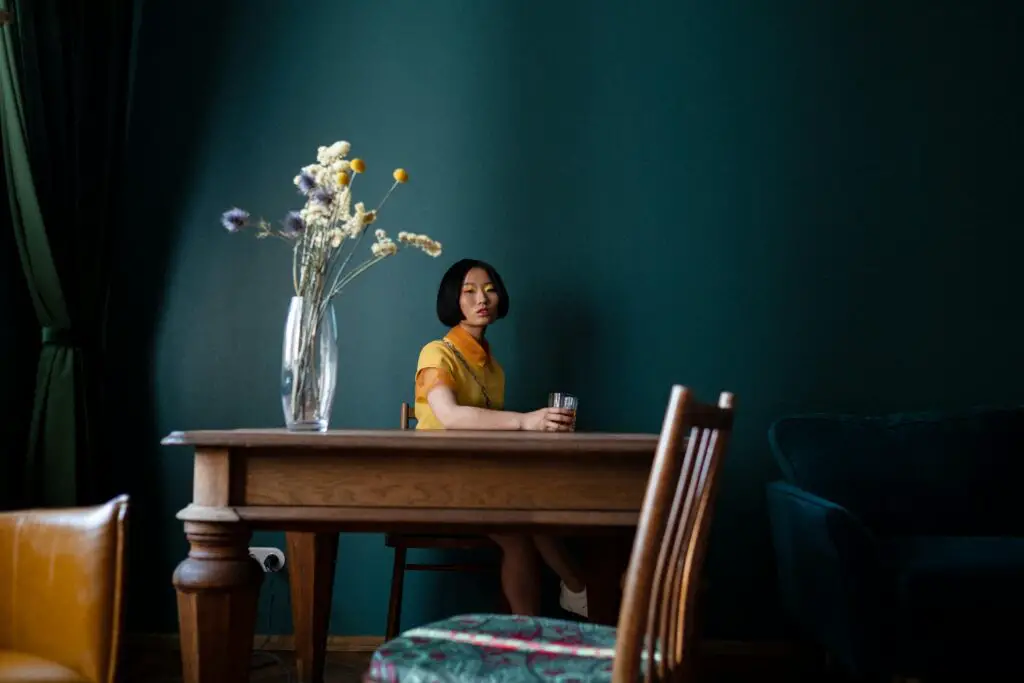
Dark walls can actually make a room feel expansive by creating depth. When paired with strategic lighting and contrasting accents, they can exude elegance and drama without shrinking the space. Try this in larger rooms or spaces with natural light.
6. Myth: Every Room Needs a Focal Point
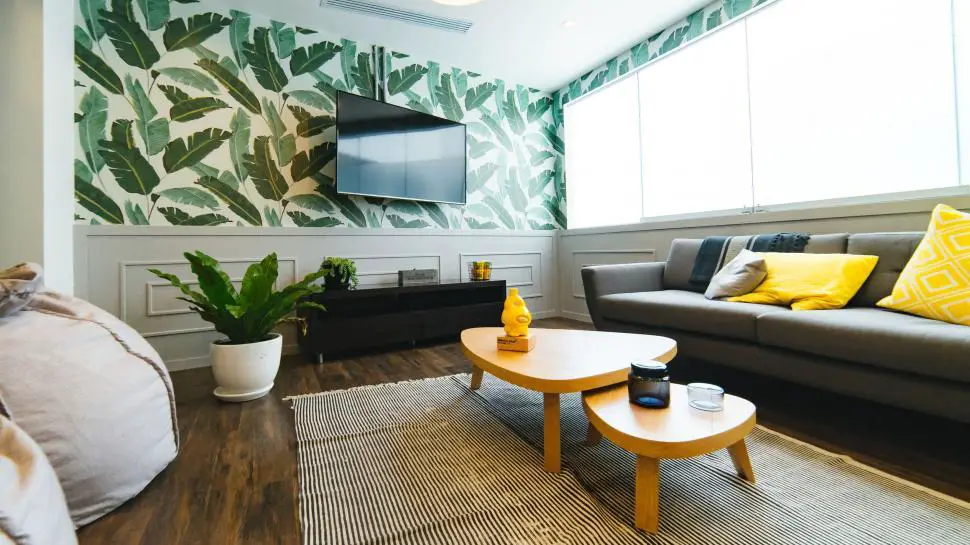
Not all rooms require a single, standout feature. Sometimes a harmonious design without a specific focal point creates a more relaxed and cohesive feel. Let the overall aesthetic shine rather than forcing a centerpiece.
7. Myth: Ceiling Paint Must Always Be White
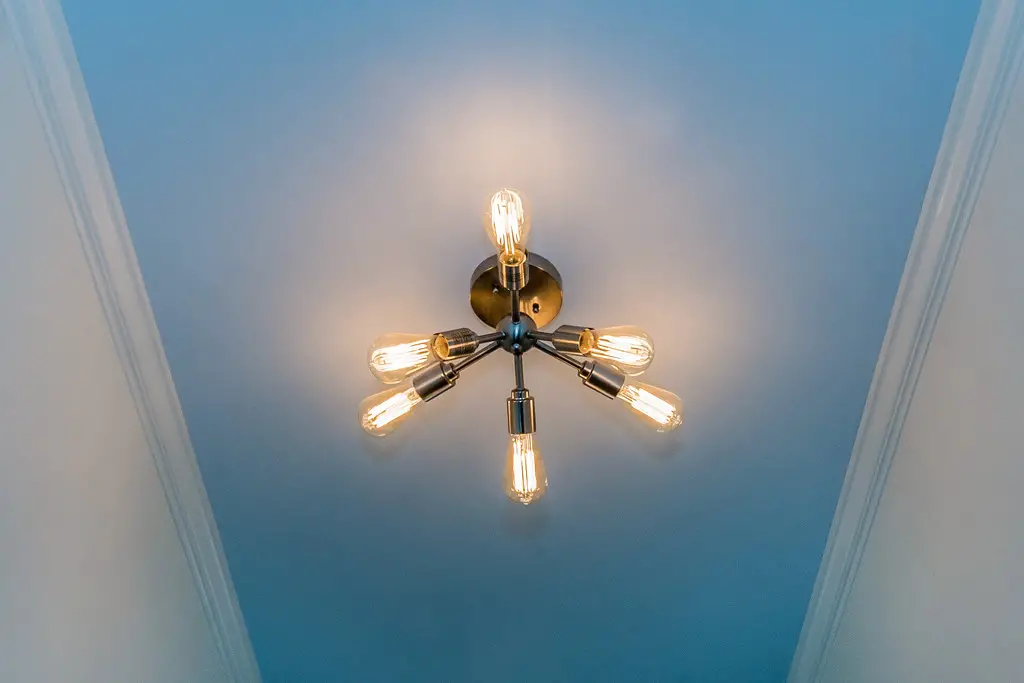
Painting your ceiling the same color as the walls or a complementary shade can create a unified, modern look. This technique can also visually elongate the walls, making the room feel taller. Don’t be afraid to experiment with bold ceiling colors.
8. Myth: Everything Must Match
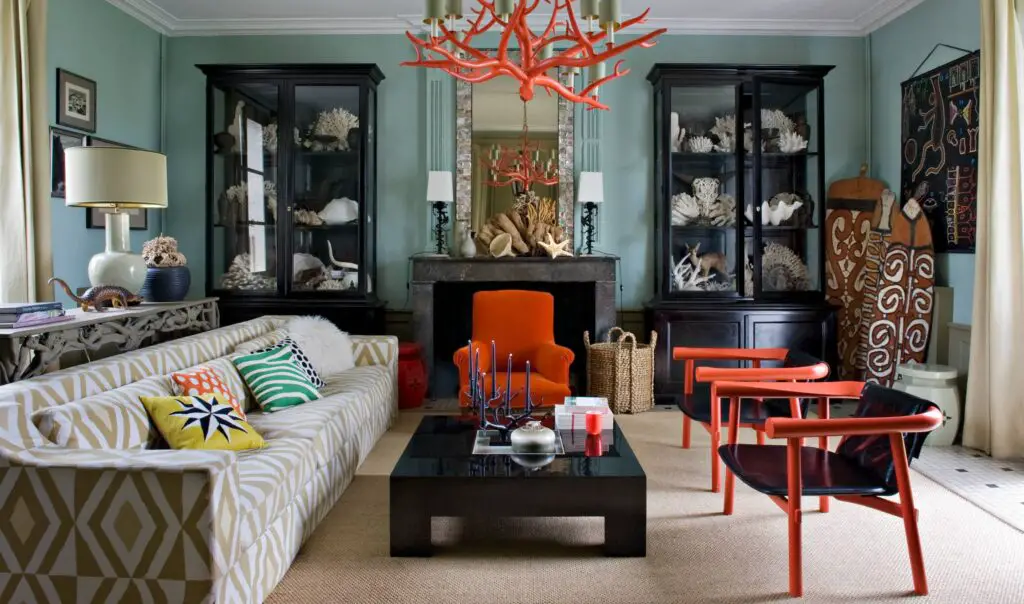
Over-matching can make a room feel flat and uninspired. Instead, aim for coordination through complementary colors and materials. Mixing styles and textures brings depth and a lived-in charm to your space.
9. Myth: Bigger Furniture Overwhelms Small Spaces
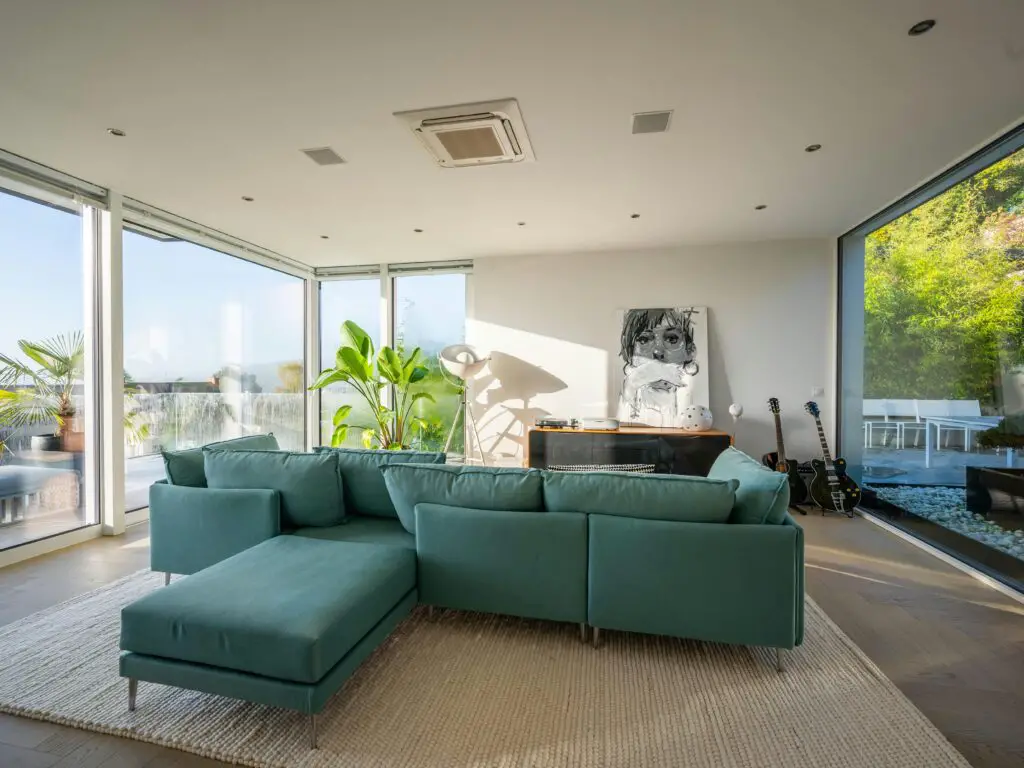
Well-chosen larger furniture can actually make a small room feel more spacious. A single oversized sofa or bed eliminates the need for multiple smaller pieces, reducing visual clutter. It’s all about proportion and placement.
10. Myth: You Should Always Stick to Trends
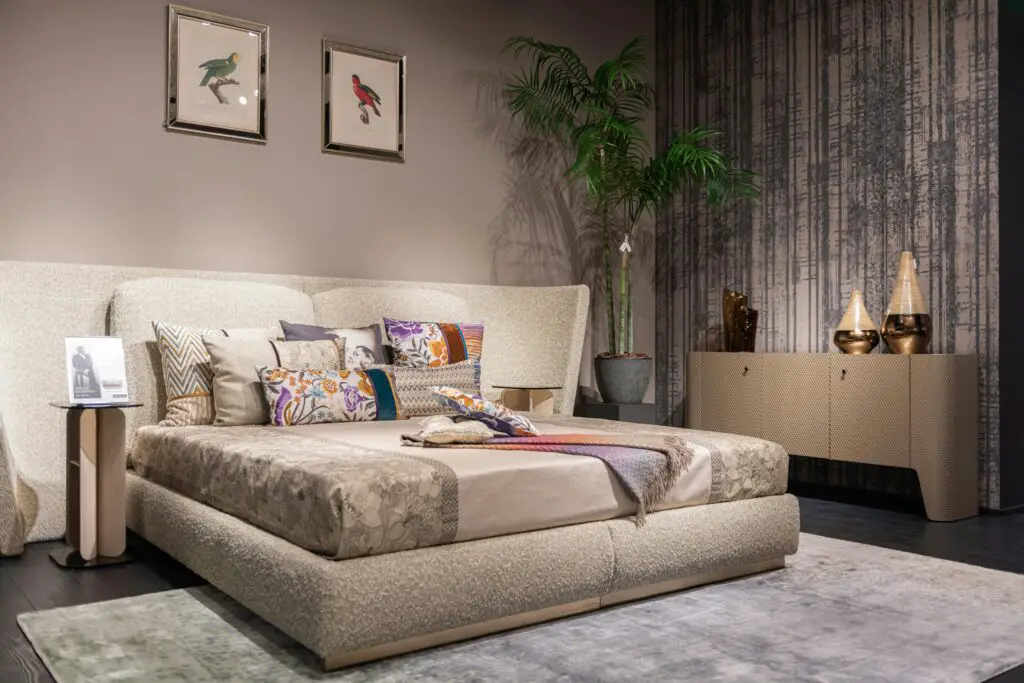
Trends can quickly go out of style, leaving your home looking dated. Focus on timeless pieces and personal preferences rather than chasing every fad. Your space should reflect your personality, not just the latest craze.
11. Myth: Open Shelves Are Always Practical
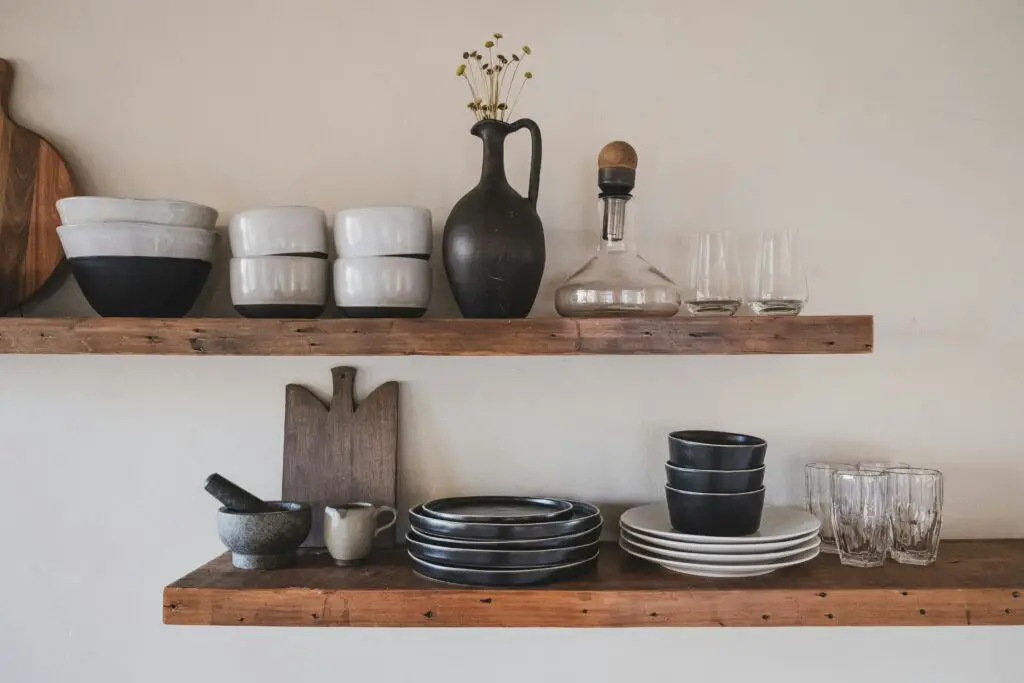
While open shelves are visually appealing, they require constant tidying to avoid looking cluttered. Closed storage can be a more functional and low-maintenance option for busy households. Strike a balance between display and practicality.
12. Myth: More Decor Equals More Style
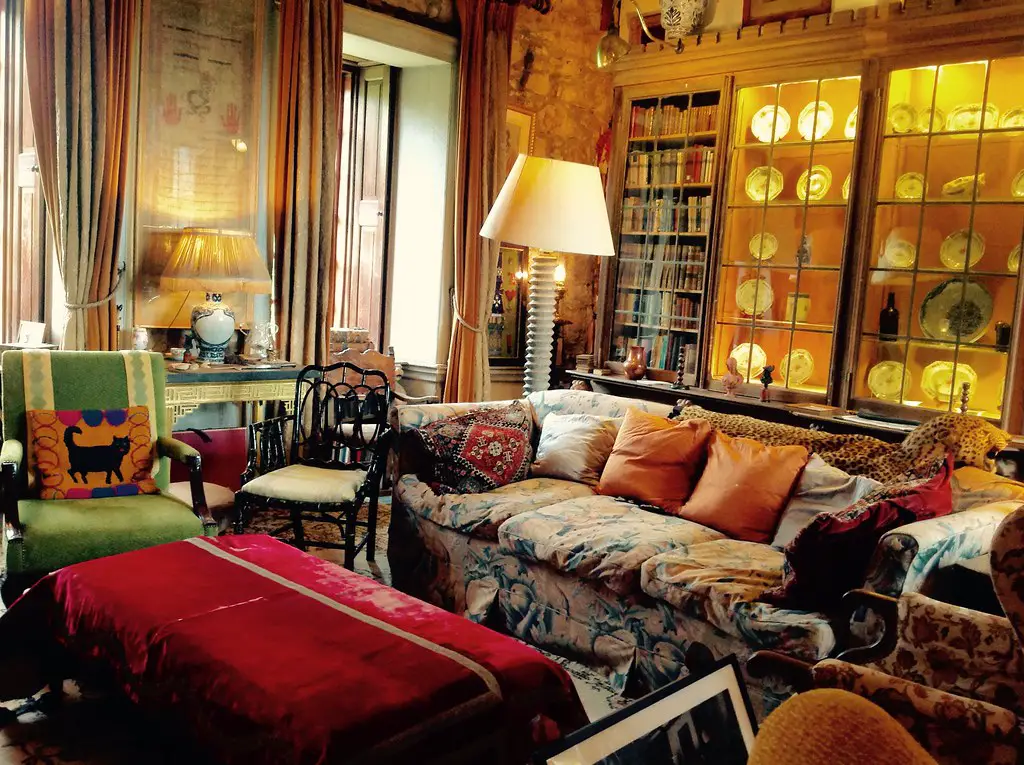
Over-decorating can make a room feel chaotic. Instead, adopt a minimalist mindset, showcasing a few well-chosen pieces. Let your furniture, artwork, or architectural details speak for themselves without overwhelming the space.
